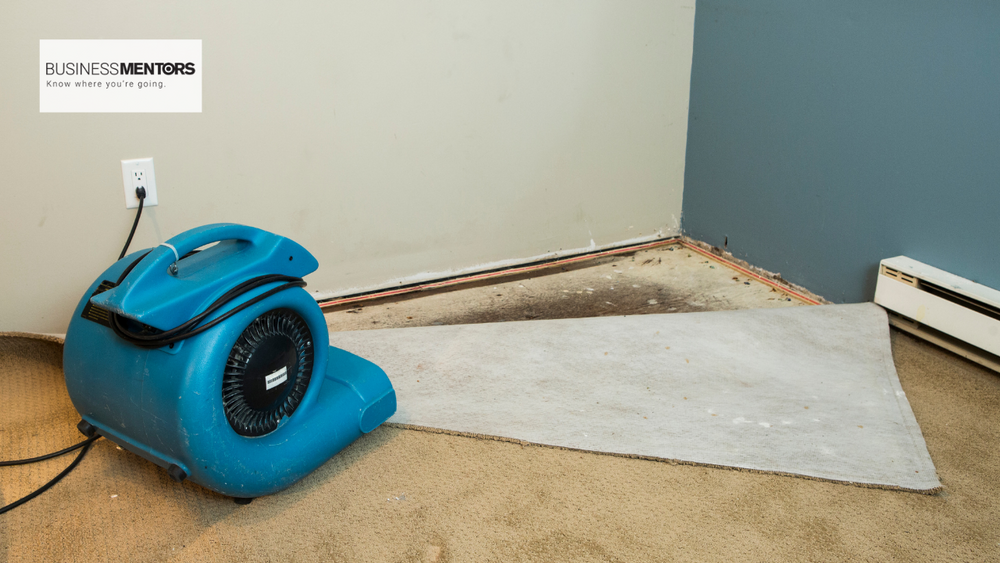This process contains a checklist of items required on first day of a water damage response Category I loss.
1. Collect file information and address
Before leaving the office, ensure you have all documents, files and the address of the location of the water loss.
2. Clock into project before leaving the shop
This will allow the office to keep track of travel time on the project.
3. Clock into project when arriving at the job site
Clock into job a second time when arriving at the jobsite.
4. Take picture of front of loss site from the street
This is an important step and is required by many insurance companies as a requirement for payment.
5. Get appropriate forms signed
Forms:
- Work Authorization
- Etc.
6. Install floor protection
7. Photo document the loss site
Photo document the loss site following photo document procedures as outlined in the document below.
After the site has been documented with a digital camera set up and do 3D Imaging of the loss site.
Make sure to document any items that stick out as high dollar or sentimental to the insured. Also take photos of any pre demo damage. You can not have enough pre demo photos!
8. Move and block contents
9. Extract water
10. Set up containment and drying chambers if necessary
11. Stop and ask whether the damaged material needs to be tested for lead or asbestos
Before beginning the removal process confirm whether the building materials need to be tested for lead or asbestos. See OSHA and EPA guidelines for when to test.
Asbestos: https://www.epa.gov/asbestos/asbestos-laws-and-regulations
Lead: https://www.epa.gov/lead/complying-lead-laws-and-regulations
12. Remove water damaged building materials, drill holes for drying, etc.
Remove water damaged building materials and bag in 30 mil garbage bags. This should be completed in the area where the work is being completed. If the garbage bag has lost its integrity place in second garbage bag before taking outside.
13. Collect samples of building materials
Collect samples of any building materials that are being removed.
- Cut small piece of materials 12 X 12 inches.
- Place in large ziploc bag.
- Write the job name and job number on the bag.
Following are some of the items that should have samples brought back to the office:
- Carpet
- Vinyl
- Hardwood
- Carpet Cushion
- Drywall
- Baseboard
- Casing
- Other as needed
14. Set up drying equipment
15. Take initial moisture readings
Once the standing water has been removed and equipment has been set up you will need to get your initial readings of the home. These initial moisture readings are critical. These numbers will establish a baseline to show the drying process and justify the equipment used to get the home back to pre loss condition. You will need to check the different building materials for moisture content.
If any of these measurements indicate that an area has been saturated with moisture, it can be marked and tracked closely throughout the remaining stages of the restoration process.
If you find that a specific area has too much moisture, try setting up air movers and dehumidifiers to optimize the air flow in that room. This will help you by reducing the overall amount of moisture in the room.
16. Diagram the building
17. Complete final quality check walk through of project before departing
Before departing the project for the day do a final walk through:
- Is all debris removed and the site broom clean?
- Is all of the equipment running correctly?
- Are there any safety concerns?
- Tackless exposed
- Extension cords or other trip/fall hazards
- Nails exposed in floors or walls where they can be hit
- Gas appliance pilot lights
18. Input notes and upload documents into file management software before departing site
- 12 hour report
- Moisture readings
- Diagram
- Photos
19. Clock out of project before leaving for the shop
20. Clean and decontaminate equipment
21. Restock vehicle
22. Clock out of project


